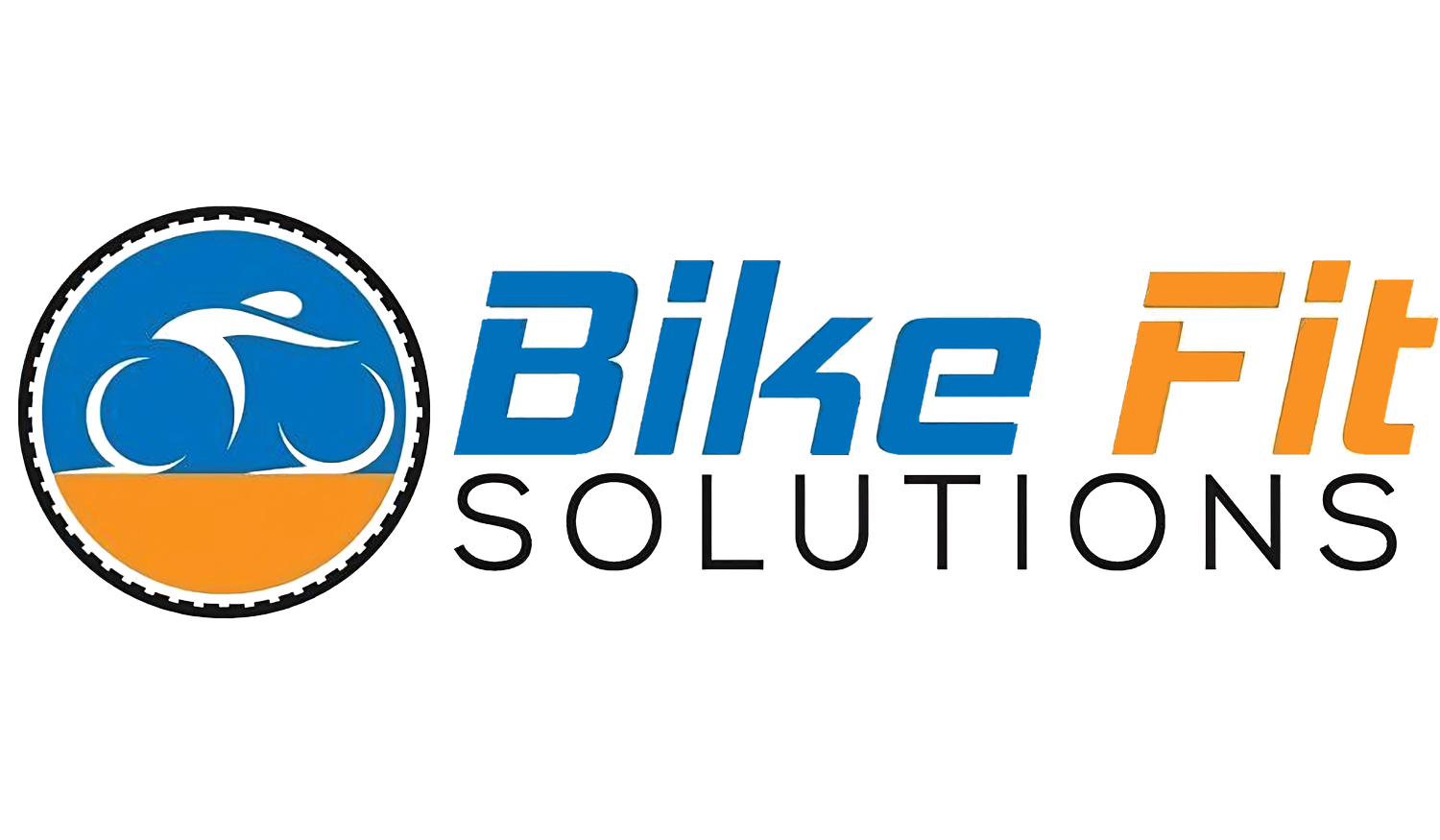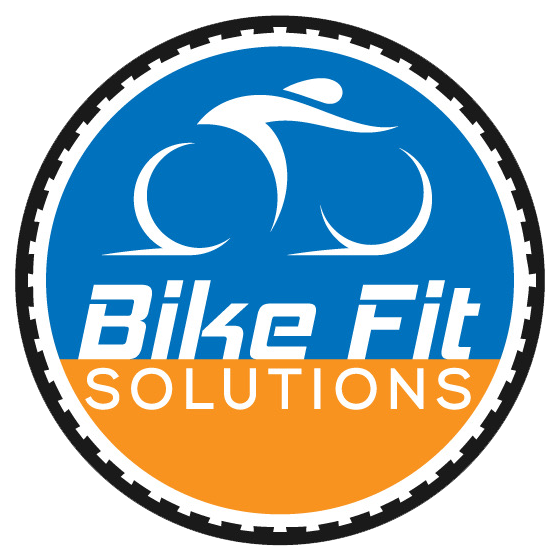Bike Fitting Tools and Their Power of Use During a Bike Fit
For the first 14 years of learning bike fit, I spent endless amounts of money supporting and acquiring bike fit tools. I used them as instructed during numerous workshops and eventually realized how they directed the outcome of most fits.
These associations to specific tools have its benefits when promoting the strengths and information tied to them, but let’s look at some clear obstacles or reasons they are not used for all bike fits.
Cookie cutter approach.
Do we all put our pants on one leg at a time? Left or right leg first? My legs account for more than 50 percent of my body height. This is not unusual, and also not average. The majority of bike fitting softwares indicating angles and averages do not work with my body type unless I ride uncomfortably to reach the goals of the software.
Fit bikes. One of the clear advantages of a fit bike is the flexibility of moving the bike into several positions while the rider is engaged. Moving a saddle and handlebar in various positions can introduce the use of new muscles, add or reduce weight on hands and provide a new opportunity for a better cycling position.
Already own a bike with no intentions of replacing it? Then why put yourself into a favourable position on a fit bike you cannot duplicate. We can spend hours on a fit bike, but more importantly why not spend real time on your own bike making associated adjustments or changes to equipment that will benefit you as perceived.
When interviewed a few years ago I was asked if I could perform a bike fit without fitting tools. I am happy to express that I will utilize tools when needed, but do not need them to conduct a professional bike fit. Therefore, I still command the benefits of my vast experience and rider feedback to direct the positive outcomes of my assessments.
This is Rob and I encourage you to get the “Wright Fit”.


